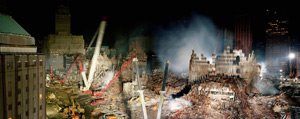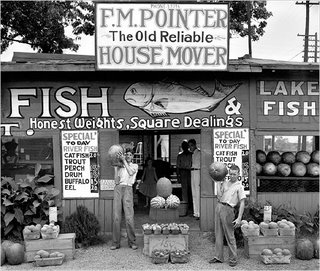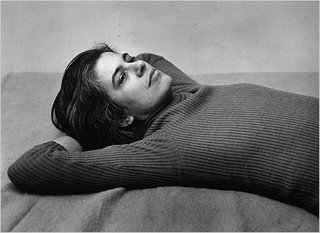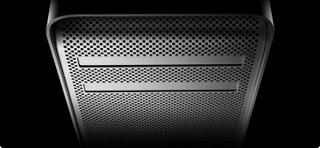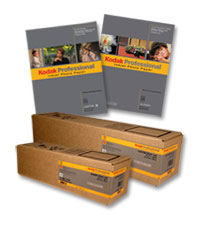
Kodak has revealed changes to its entire line of consumer inkjet papers. By incorporating porous media technology and streamlining the product portfolio, Kodak hopes to improve the usability of the paper and the overall consumer experience.
A new 'feast-absorbing' porous surface has been added to the manufacturer's papers, to compliment recent advancements in inkjet technology. A quicker-drying surface also claims to reduce damaging smudges and sticking.
To simplify the buying process for consumers and increase on-shelf efficiency for retailers, Kodak has streamlined its portfolio of inkjet papers. Three distinct levels of quality, Kodak Ultra Premium Photo Paper, Kodak Premium Photo Paper and Kodak Photo Paper, will be offered and each labelled with a gold (best), silver (better), bronze (good) colour scheme to differentiate the products. Each paper will be available in a glossy or non-glossy finish and will be packaged in three different sheet count options.
Kodak. com


